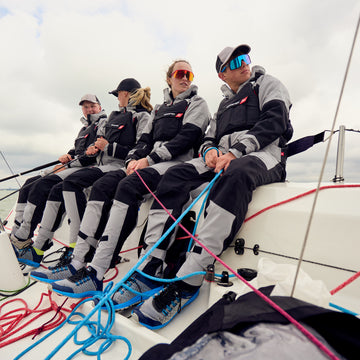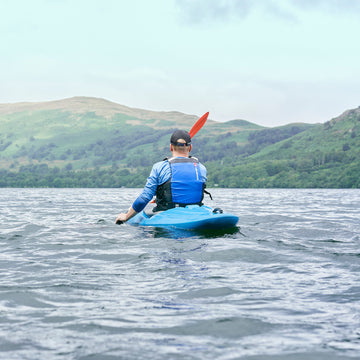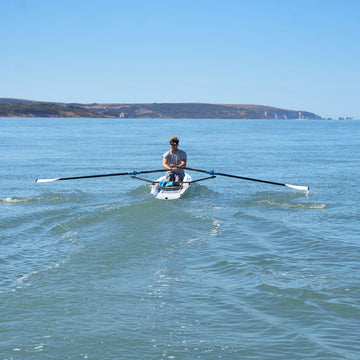For the real techie explanation read on:
When an oxygen atom combines with two hydrogen atoms to produce a molecule of water (H20) it pinches the single electrons from each of the hydrogen atoms - a process called covalent bonding which is very strong. You could think of the oxygen atom as having 8 'electron' places set for dinner and there are 2 spaces free and the two hydrogen electrons are just desperate to join the party. Unfortunately the two single hydrogen nuclei are now left without an electron friend feeling a little unloved, grumpy and positively charged. This also sets up a dipole across the water molecule; the oxygen part of the molecule is negatively charged (as the electrons are around for tea) and the hydrogen part of the molecule is positively charged. The two grumpy hydrogen positively charged nuclei are always on the look out for any other attractive electrons to pout over even if they can't join up covalently (no tea party for them!)
This pouting style of bonding is called hydrogen bonding and is not as strong as covalent bonding (about a 10th of the strength of the covalent bond). When water comes across Lycra, those (positively charged) hydrogen atoms in the water find lots of 'loan pairs' of electrons to pout over - a sort of diet coke break moment. This is because Lycra is made of OH and NH groups which creates lots of loan pairs of electrons. Water's bond with Lycra's loan pairs is called hydrogen bonding and it makes the water stick to the fabric making it feel cooler, even more so, the wetter and windier it becomes. Similar hydrogen bonding occurs with many other materials such as nylon - typically used in spray tops etc.- which is why many spray tops can feel cold to the touch. However Polypropylene does not have any OH groups and hence no loan pairs of electrons and so it is not attractive to water - no pouting moments, making the garment feel dry and cosy even in the wettest conditions. Ideally worn next to the skin for a comfortable dry layer and developed by Rooster Sailing to provide you with a warm anti rash guard layer - ideal for a typical UK summer. We have made them into Long Sleeved tops, Leggings, Gloves, and Socks.
Oddly, I also found it ideal for sailing in Australia in their summer as it offered enough protection from the sun on lighter wind days whilst at the same time I did not get that horrible water shock when I got splashed. View the PolyPro range here.




















 Select Store
Select Store
 EU
EU
 US
US
